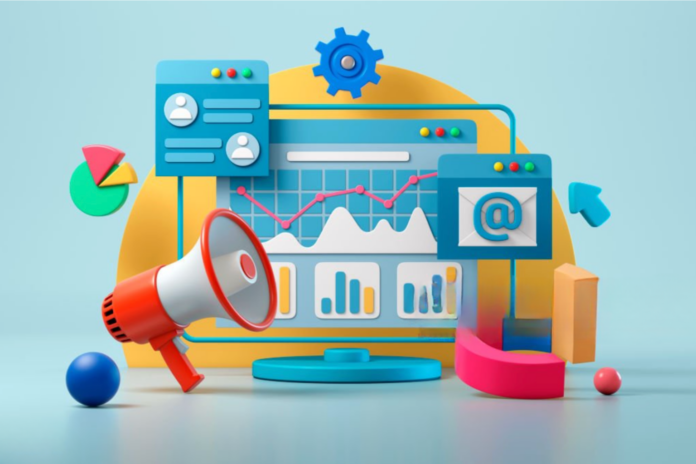In the fast-paced world of marketing, knowing your audience is key. But how do you go beyond basic demographics to truly understand what makes them tick? Enter data analytics—a powerful tool that allows you to gather insights about your audience and create detailed segmentation profiles that can take your marketing campaigns to the next level. So, how can you harness the power of data analytics for segmentation? Let’s dive in and find out!
The Power of Data Analytics in Segmentation
Data analytics is like having a crystal ball that gives you a peek into the minds of your audience. By analyzing data from sources like website interactions, social media engagement, and email interactions, you can gain valuable insights into their behavior, preferences, and interests. Here’s why data-driven segmentation is so powerful:
- Better Understanding: Data analytics allows you to go beyond basic demographics and understand what drives your audience’s behavior, helping you create more targeted and effective campaigns.
- Increased Personalization: By using data to create detailed segmentation profiles, you can personalize your messages to each segment, increasing engagement and conversion rates.
- Improved ROI: Data-driven segmentation allows you to focus your marketing efforts on segments that are most likely to convert, maximizing your return on investment (ROI).
Using Data Analytics for Segmentation
- Collect Data: Start by collecting data from various sources, such as your website, social media platforms, and email marketing campaigns. This could include data on demographics, behavior, interests, and more.
- Analyzing Data: Use data analytics tools to analyze the data and identify patterns, trends, and insights about your audience. Look for commonalities and differences between segments that can help you create detailed segmentation profiles.
- Creating Segments: Based on your analysis, create segments that group your audience based on common characteristics, interests, or behaviors. This could include segments like high-value customers, frequent purchasers, or inactive subscribers.
Benefits of Data-Driven Segmentation
- Improved Targeting: Data-driven segmentation allows you to target your messages to specific segments based on their unique characteristics, increasing the relevance of your campaigns.
- Higher Engagement: Personalized messages are more likely to resonate with your audience and drive engagement, leading to higher open and click-through rates.
- Better ROI: By focusing your marketing efforts on segments that are most likely to convert, you can improve your ROI and maximize the impact of your campaigns.
In Conclusion
Data analytics is a powerful tool that can help you create detailed segmentation profiles and tailor your marketing campaigns to the unique needs and interests of your audience. By harnessing the power of data-driven segmentation, you can create more targeted, personalized, and effective campaigns that drive results. So, start analyzing your data today and unlock the potential of data-driven segmentation for your business!





